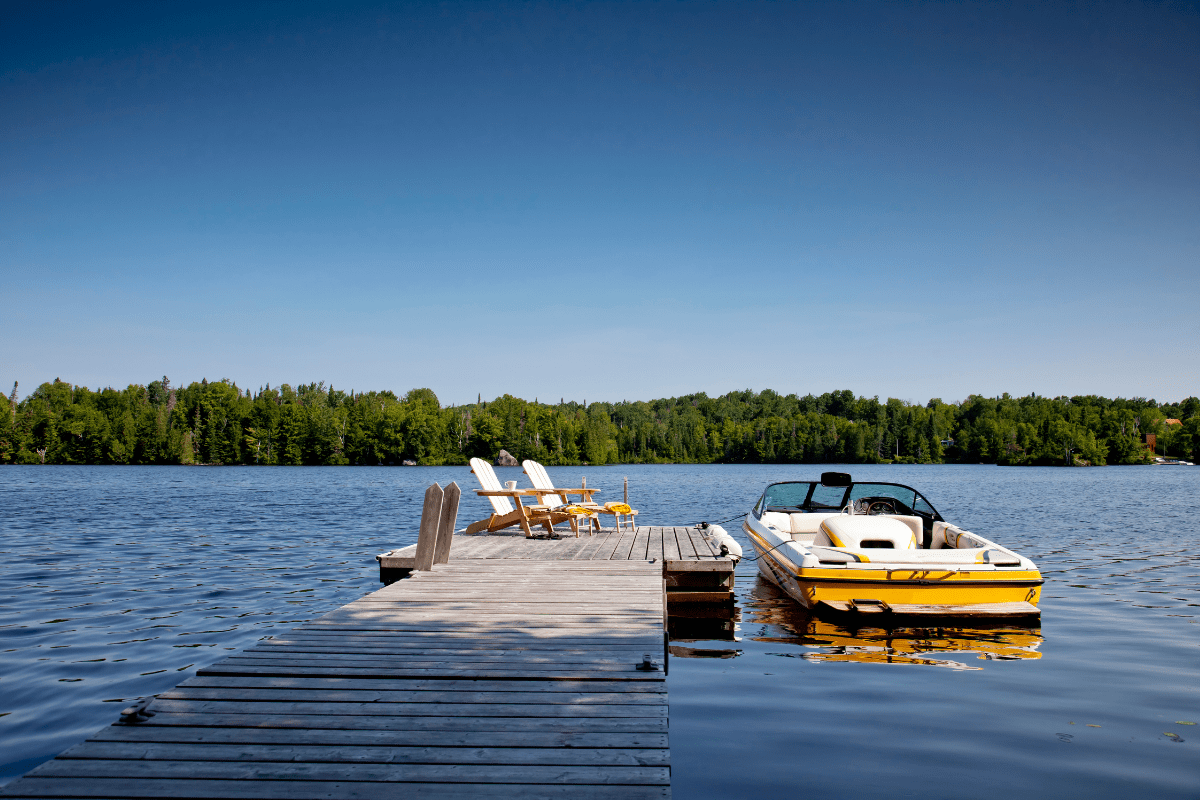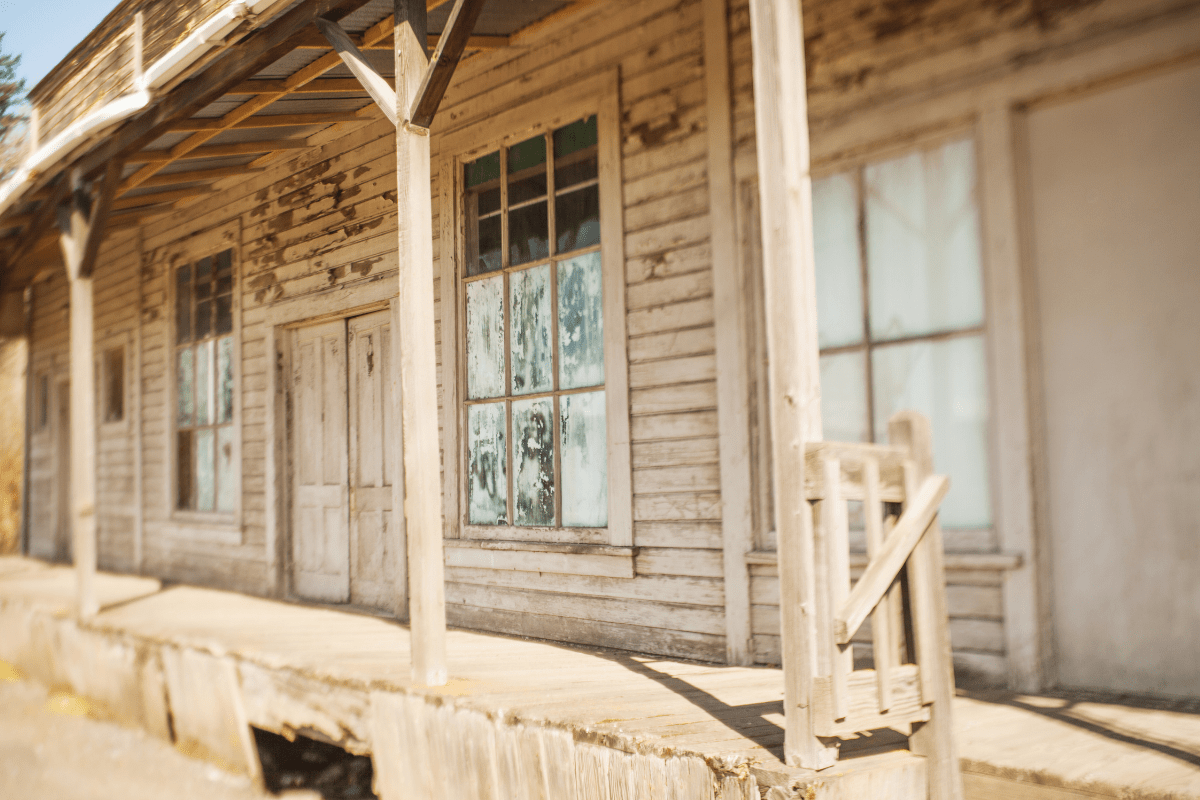Nebraska might not be the first state that pops into your mind when thinking about ideal family destinations, but this Midwest sleeper just claimed the #4 spot nationally for raising kids. With unemployment hovering at just 2.8 percent and violent crime rates running 50-69% below national averages in top cities, the Cornhusker State delivers something increasingly rare: genuine safety and economic stability without coastal price tags.
Why Nebraska works for families (beyond the obvious corn jokes)
The numbers tell a compelling story about Nebraska's family appeal. The state maintains 1,085,139 total jobs despite a population of just over 2 million, creating an unusually tight labor market that benefits workers. Housing costs run 22-37% below the U.S. median, meaning that dream of actually owning a home remains achievable here. About 27.8% of households have children, suggesting families actively choose Nebraska rather than just ending up here.
What really sets Nebraska apart is the combination of Midwest practicality and surprising diversity in community options. You'll find everything from Omaha's gleaming suburbs with six-figure median incomes to small towns where $95,000 buys a decent house. The state's median age of 36.9 reflects a healthy mix of young families and established residents, creating communities with both energy and stability.
Premium suburbs: Where perfect lawns meet premium price tags
Papillion leads the pack
If you compiled every "best places for families" list in Nebraska, Papillion would probably wear out its trophy shelf. This Omaha suburb of 24,063 residents consistently earns A+ ratings across every metric that matters to parents. The median household income of $109,602 supports a comfortable lifestyle, while crime rates sit 31% below national averages.
The real draw? Papillion-La Vista Community Schools, boasting a 95% graduation rate that makes other districts weep with envy. Sure, the median home price of $379,982 might induce mild sticker shock for Nebraska newcomers, but compared to similar suburbs in other states, you're still getting a bargain. Families here enjoy Werner Park for Triple-A baseball and an extensive trail system that actually gets used (not just admired in city planning documents).
Gretna's growth explosion
While Papillion represents established excellence, Gretna embodies Nebraska's future. This rapidly expanding community saw 16% growth in 2022 alone, with total growth hitting 116.6% since 2010. The state's highest median income at $117,553 and lowest poverty rate at 3% attract families who don't blink at $416,052 median home prices.
Why the stampede to Gretna? Start with brand-new everything—schools, roads, shopping centers—plus attractions like Vala's Pumpkin Patch and Nebraska Crossing Outlets. Located just 20 minutes from Omaha, residents enjoy small-town community with big-city access. The school district scrambles to build new facilities yearly just to keep pace with enrollment, a good problem that beats the alternative.
Bennington's goldilocks appeal
Rounding out the premium tier, Bennington offers something between Papillion's establishment credentials and Gretna's shiny newness. With just 2,432 residents, this #2-ranked suburb for families maintains the "everyone knows everyone" atmosphere that larger communities lose. Small class sizes mean teachers actually remember your kid's name (and their quirks), while ultra-low crime rates let parents breathe easier.
Lincoln delivers university town perks without the usual markup
The state capital breaks the typical university town mold by remaining genuinely affordable for families. With 300,619 residents, Lincoln offers urban amenities while maintaining Nebraska's characteristic friendliness.
Numbers that actually make sense
Lincoln's financial picture looks refreshingly reasonable. The median household income of $69,991 might seem modest compared to the suburbs, but factor in living costs 6% below national average and the math improves considerably. Median home prices at $265,000 (down 5.1% year-over-year) remain accessible, while renters pay about $1,334 monthly.
Perhaps most impressive? Violent crime hit 20-year lows in 2024 at just 382 per 100,000 residents. For a city this size, that's remarkable. Lincoln proves you don't need to choose between urban conveniences and family safety.
Recreation infrastructure that actually gets used
Lincoln takes family recreation seriously, maintaining:
- 168 parks throughout the city
- 185.9 miles of trails (not exaggerating)
- 97 playgrounds for energy burning
- The beloved Children's Zoo
- Comprehensive youth sports leagues
The Parks and Recreation department didn't just build amenities and walk away—they actively program activities year-round. Healthcare access through Bryan Health's 640-bed system plus CHI Health St. Elizabeth means specialists are actually available when needed.
Lincoln area alternatives
For families wanting Lincoln access without city living, Waverly and Hickman deliver compelling alternatives. Waverly's median household income of $106,989 nearly doubles the state average, while 49.9% of households have children—among Nebraska's highest concentrations. Homes average around $311,000, and Waverly High School earned an A- rating from Niche.
Hickman takes the "young family" crown with 69% of families having children and a median age of just 31.8 years. As Nebraska's fastest-growing community percentage-wise, Hickman attracts families seeking that new-development feel without Gretna prices. Median homes run about $315,000.
Mid-sized cities balance opportunity with affordability
Kearney's college town advantage
Home to University of Nebraska-Kearney, this city of 34,741 punches above its weight class for family amenities. The #3 ranked school district statewide achieves a 91% graduation rate, while the university keeps the median age at just 32 years.
Financially, Kearney hits the sweet spot with median household income at $69,422 and homes averaging $258,347. Yes, property taxes run slightly higher at 1.45%, but the trade-off includes attractions like the Great Platte River Road Archway Monument, Museum of Nebraska Art, and Viaero Center for events. The central I-80 location makes weekend trips easy in any direction.
Columbus: Where budgets breathe easy
For families prioritizing financial flexibility, Columbus deserves serious consideration. Monthly household expenses total just $1,468—consuming only 26% of annual income versus the 30% national average. Despite ranking as Nebraska's 3rd safest large community, median home prices stay under $200,000.
Located 76 miles from Lincoln, Columbus maintains stable employment through manufacturing and agriculture. The trade-off? Fewer cultural amenities than university towns, though parks, fairgrounds, and nearby recreational areas partially compensate. For families needing every dollar to count, Columbus delivers genuine value.
Grand Island brings diversity to central Nebraska
As the regional hub for central Nebraska, Grand Island's 53,250 residents include a vibrant 35.4% Hispanic population that enriches community culture. Major employers including JBS Swift, Case New Holland, and Hornady ammunition provide economic stability, while the relocated Nebraska State Fair brings annual excitement.
The financial picture looks reasonable with median household income at $62,439 supporting homes averaging $229,465. Property taxes at 1.37% run lower than many Nebraska cities. However, families should note Grand Island reports higher crime rates than similar-sized communities, making neighborhood selection crucial.
Small towns deliver surprising value for adventurous families
Seward: Nebraska's best-kept secret
Here's a city that checks every box yet somehow flies under the radar. Seward claimed the title of Nebraska's safest city for 2025, with violent crime running 66% below national average. The 7,667 residents support A-rated schools known for exceptional college preparation, yet median home prices sit at just $271,510—roughly half of premium suburbs.
The famous July 4th celebration draws 40,000+ visitors annually to this normally quiet community. Concordia University adds cultural depth while maintaining the small-town atmosphere. Located just 25 minutes from Lincoln, Seward offers the rare combination of genuine community, excellent schools, and reasonable prices. Why more families haven't discovered Seward remains mysterious.
Extreme affordability in unexpected places
For families needing rock-bottom entry prices, two communities stand out. Schuyler posts a jaw-dropping median home price of just $95,100 while maintaining the lowest property crime rate statewide at 1.08 per 1,000 residents. This community of 6,476 sits 20 minutes from Columbus, offering genuine homeownership possibilities for young families.
Wayne leverages Wayne State College to maintain amenities while keeping homes in the $150,000-200,000 range. As Nebraska's 9th safest city, Wayne proves that affordable doesn't mean compromising on security or education quality.
Blair: Small-town charm with suburban access
For Omaha-area employment with small-town living, Blair offers optimal balance. Located 30 minutes north of the metro, residents enjoy median household income of $74,058 while maintaining among Nebraska's 10 lowest crime rates.
Homes average $322,377—pricier than rural communities but offering 150+ acres of city parks, DeSoto National Wildlife Refuge access, and an established arts community. Blair demonstrates that "small town" doesn't mean "nothing to do."
School districts matter more than city limits
Nebraska's school district boundaries don't always match city lines, creating opportunities for strategic house hunting. Elkhorn Public Schools claims the #1 spot statewide despite technically being part of Omaha. Similarly, Millard and Westside districts maintain excellence within the metro area.
The performance gaps between districts can be stark. Omaha Public Schools' 70.4% graduation rate contrasts sharply with suburban Papillion-La Vista's 95%. Currently, 24 Nebraska districts carry "needs improvement" ratings, making research essential. Four Nebraska schools earned 2024 National Blue Ribbon recognition, with Elkhorn and Millard claiming half those spots.
Infrastructure improvements reshape rural opportunities
Rural Nebraska's biggest historical drawback—limited internet access—is rapidly improving. With 37% of rural Nebraskans previously lacking adequate broadband, remote work remained challenging. However, $405 million in BEAD program funding promises dramatic improvements through 2025-2026.
This connectivity revolution could transform affordable small towns into remote work havens. Imagine buying that $95,000 house in Schuyler while maintaining your Omaha-based job remotely. The infrastructure investments make previously impossible scenarios suddenly viable.
Making your Nebraska decision
Choosing where to raise your family in Nebraska depends entirely on your priorities:
Education excellence seekers: Target Elkhorn, Millard, Papillion-La Vista, or Seward districts. Expect $350,000+ in premium areas or $271,000 in Seward, but superior outcomes justify the cost.
Safety maximizers: Seward, Schuyler, Blair, and Wayne all post crime rates 35-69% below national average. Housing ranges from $95,000 to $322,000 depending on location.
Budget conscious families: Schuyler ($95K), Wayne ($150-200K), Columbus (under $200K), and Hastings ($180K) offer genuine affordability while maintaining decent schools and safety.
Career flexibility needs: Omaha suburbs provide diverse employment, Lincoln offers university and government stability, while Fremont's location 35 miles from Omaha works for commuters.
Nebraska's family appeal isn't about flashy attractions or trendy neighborhoods. It's about communities where kids bike to school safely, where teachers know their students, and where homeownership remains achievable for normal families. Whether you choose Gretna's gleaming new subdivisions or Schuyler's $95,000 starter homes, you're buying into something increasingly rare: a place where raising a family still makes financial and practical sense.
The Cornhusker State's #4 national ranking reflects this fundamental truth. In an era of impossible housing costs and deteriorating quality of life in many states, Nebraska quietly delivers what families actually need: safety, education, community, and the radical possibility of affording it all.





